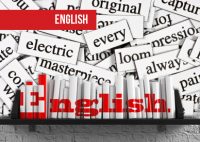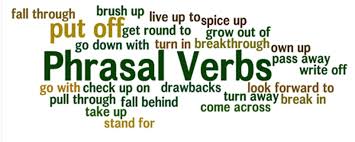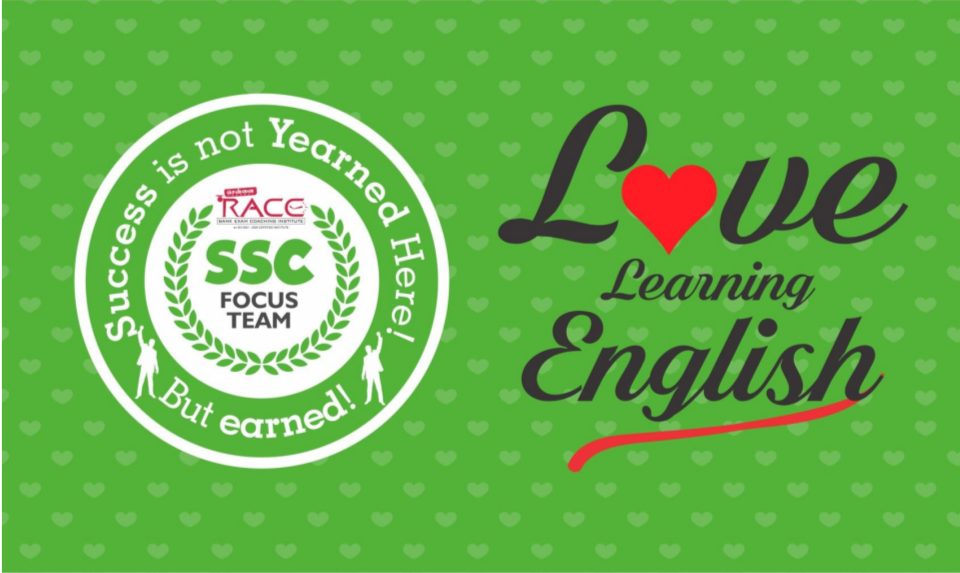Comprehension For SBI PO Set – 27

Comprehension For SBI PO Set – 27
Passage 1
During a two-day meeting later this week in a stately neo-baroque building in Tokyo, nine men may vote to end of one of the oldest periods in the history of central banking- and send one of the clearest signals yet that Japan’s economy has finally emerged from 15 years of stagnation. Led by governor Toshihiko Fukui, the monetary policy committee at the Bank of Japan (BOJ) will vote on whether to raise its overnight lending rate to 0.25% or leave it at Zero, where it has been for more than five years. That shift would not just demonstrate that the BOJ believes the world’s second largest economy is now on sound footing—it would also have profound effect on global markets and both corporate and private borrowers.
The race hike is by no means guaranteed—the BOJ could wait until its next meeting in August or beyond. But 32 out of 41 analysts and traders surveyed by Reuters last week said they expect an increase at this week’s meeting. Yasunari Ueno, Chief market economist at Mizhuo securities, says, “I put the possibility for hike this week at 80% to 90%.” If it doesn’t happen, there’s nonetheless a widespread belief that it will inevitably do so in the next few months—and that the first rise will likely be followed by more.
This conviction is an indication of just how far the Japanese economy has come. Following the stock and property collapses of the early ‘90s, most business and consumers drastically cut their spending and investments. With demand falling, prices dropped too, exacerbating businesses’ unwillingness to invest in new ventures, and Japan found itself in a disastrous deflationary spiral. In desperation, the BOJ reduced interest rates or zero in 1999, but it had little impact for years because Japanese companies were hobbled by so many other problems, like bloated payrolls and debt-laden balance sheets. Under the reform agenda initiated by Prime Minister Junichiro Koizumi in 2001, however, Japanese industry began to modernize and streamline. Taking the hell of the BOJ in 2003 as Koizumi’s handpicked favourite, Fukui led central-bank intervention into uncharted waters. His frequently claimed impotence, saying there was little a central bank could do to stoke an economy’s fires once it had lowered rates to zero. But Fukui stepped up or initiated a series of unorthodox “quantitative easing” programs designed to flood the market with easy money. For example, he more than doubled the target for current-account deposits held by financial institutions and he ramped up the BOJ’s purchases of corporate and government bonds. With increased deposits, banks had more money to put on the street; and the BOJ’s shopping spree also put more money in circulation.
1. It appears that about one- and-a-half decades ago, Japan’s economy was in a state of
(a) jeopardy
(b) progress
(c) hibernation
(d) severe decline
(e) None of these
2. The change in lending rate by Bank of Japan (BOJ) would affect which of the following?
(A) Give a perception to the world that it is on concrete footing.
(B) Markets all over the world
(C) It will not have any impact on corporate and private borrowers.
(a) A and B only
(b) B and C only
(c) A and C only
(d) All the three
(e) None of these
3. It can be inferred from the passage that
(a) the initial move by BOJ was unexpected
(b) the rate increase could have been avoided
(c) the current move by BOJ was not unpredictable
(d) the proposed increase in lending rate is of an insignificant impact
(e) None of these
4. Which of the following was a demonstrable result of the debacle of Japan’s economy in the last decade of the last century?
(A) Substantial education in spending and investments by consumers
(B) Consumers and business refrained from investing in new ventures.
(C) Japan’s global presence was negligible
(a) Only A
(b) Only B
(c) Only
(d) All the three
(e) None of these
5. BOJ’s reduction of interest rate of Zero in 1999 was intended to
(a) reduce the exorbitant salaries of employees
(b) salvage debt- ridden companies
(c) invigorate the dormant economy
(d) revitalize balance sheets of big companies
(e) None of these
6. Who among the felt that central bank’s intervention was going to be futile?
(a) Junichiro Koizumi
(b) Toshihiko Fukui
(c) Bank of Japan’s committee members
(e) None of these
7. Which of the strategies was adopted by Fukui to bring Japan’s economy on the proper track?
(A) Schemes to pump lots of easy money into the market
(B) Increasing the target of current account deposits held by financial institution by more than 10%
(C) Drastically cutting the purchasing power of consumers.
(a) A and C only
(b) A and B only
(c) B and C only
(d) All of these
(e) None of these
8. Which of the following best describes the term “quantitative easing” as used in the passage?
(a) Series of unorthodox measures
(b) initiating superficial remedies
(c) resorting to strategies to gain cheap popularity
(d) pumping more money for hassle- free excess
(e) None of these
9. Which of the following statements is/ are TRUE in the context of the passage?
(A) BOJ’s reduction of interest rate to zero in the last century had a desirable effect
(B) Spending and investments by consumers and business do not have any significant impact on the economy.
(c) A regulatory central bank cannot boost the economy if the interest rates are lowered to 0%.
(a) A and B only
(b) B and C only
(C) C and A only
(d) All the three
(e) None of these
Directions (Q. 10-12): Choose the word which is most nearly the SAME in meaning as the word is given in bold as used in the passage.
10. EMERGED
(a) divided
(b) reunited
(c) born
(d) surfaced
(e) invented
11. SURVEYED
(a) audited
(b) measured
(c) counted
(d) apprised
(e) interviewed
12. DESPERATION
(a) nervousness
(b) anxiety
(c) confusion
(d) complexity
(e) effect
Directions (Q.13-15): Choose the word which is most nearly the OPPOSITE in meanings as the word given in bold as used in the passage.
13. SOUND
(a) silence
(b) calmness
(c) loose
(d) concrete
(e) noisy
14. EXACERBATING
(a) improving
(b) aggravating
(c) intensifying
(d) redeeming
(e) demonstrating
15. PREDECESSOR
(a) ancestor
(b) forerunner
(c) precursor
(d) successor
(e) colleague
Answer key:
1. (a) 2. (a) 3. (a) 4. (b) 5. (c) 6. (e) 7. (b) 8. (d) 9. (e) 10. (d) 11. (e) 12. (c) 13. (c) 14. (d) 15. (d)



